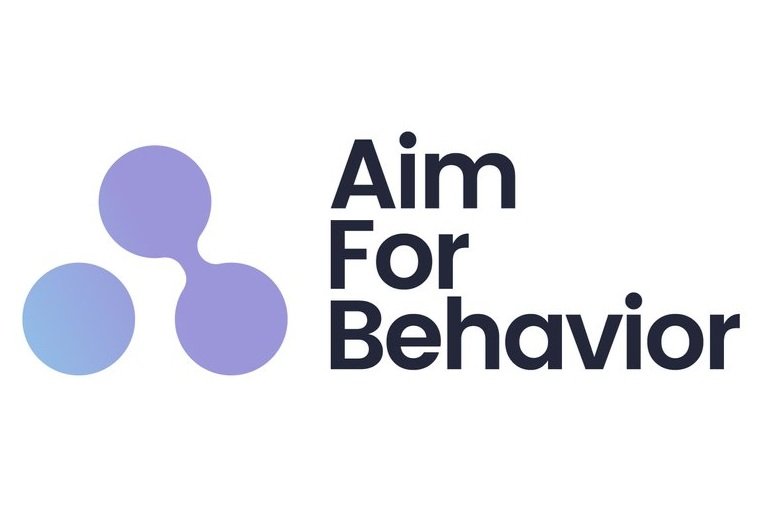How can we help employees be empowered?
The Behavioural Insights Team recently published some work they have been doing in this area.
It’s quite timely, as I have been working on some projects related to this as well.
It goes without saying that an empowered workforce tends to perform at higher levels and experience greater job satisfaction.
But what does “empowerment” mean in practice, and how can organizations make this more than just a buzzword?
This part is very important, as defining what empowerment means in an organisation is crucial to getting the solutions and strategies right.
One way could be to revisit traditional leadership approach, where managers are the enablers who provide guidance, resources, and support.
Instead, why not make empowerment genuine and work with employees themselves, finding both the barriers and enablers they have to empowerment and provide them the necessary time, resources, and guidance which could enable them to help themselves.
This co-creative, yet systematic approach could potentially boost job satisfaction and overall performance.
Now, let’s delve into an example the BIT team mentioned.
Take the Ministry of Defence (MOD), a massive organization with over 250,000 employees. Its geographically dispersed teams and hybrid working environment pose a significant challenge:
—>Understanding everyone’s roles and responsibilities.
This obstacle often impedes progress, with teams struggling to identify who is responsible for what.
This is interesting and something that I have heard other large organisations have issues with, especially when they are going through transformations.
The MOD’s solution to this problem was to adopt a tool known as “My role on a page”.
This one-page document offers a concise overview of an individual’s roles, responsibilities, and objectives. Teams have integrated these summaries into email signatures and org charts, ensuring they’re easily accessible for everyone.
By making such information visible and readily available, organizations save their employees time and eliminate the confusion around roles and responsibilities.
It’s a simple yet powerful way to promote clarity, efficiency, and ultimately, empowerment within an organization.
This is an example of what an behavioural insights intervention could look like.
The solutions may seem obvious and familiar, but it’s the way we get to them, by understanding the drivers from a behavioural perspective, by looking at both the individual and the system and by being systematic about the process that really gives this approach a higher chance to succeed than other traditional approaches.
Getting started with behavioural science at work doesn’t need to be hard or complicated and the outcomes can be more meaningful.
Robert

